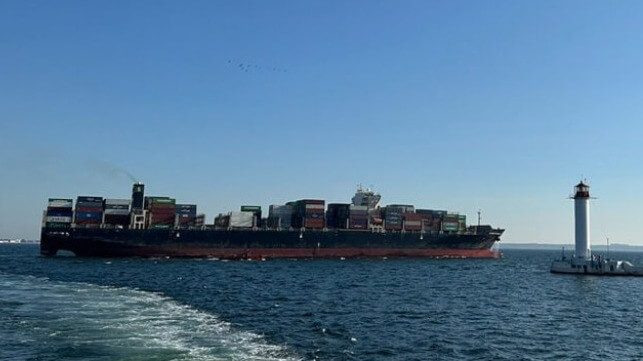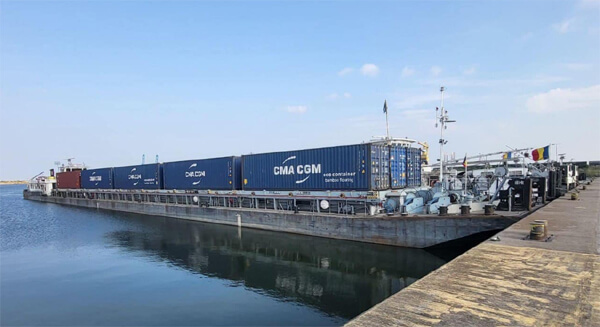The significance of blue colour, representing water bodies (blue bodies) on the Earth, becomes evident while understanding the biological uniqueness of the universe. Water has been essential to countless ecological cycles and processes in addition to providing the environments required for life to evolve and flourish.
However, the unrelenting quest of mankind for material gain and economic expansion has resulted in widespread pollution, habitat destruction, and mismanagement of water resources. From industrial discharge to plastic pollution, from overfishing to deforestation along waterways, the cumulative impacts of human actions have taken a heavy toll on our blue bodies. This article briefly summarizes the extent of destruction inflicted upon these vital resources by human activities as well as how we can use blue biotechnology as a transformative application to heal and sustainably use the aquatic resources.
Earth’s blue bodies from ponds to oceans serve as important sources of energy, food and health for living beings and humans have been modifying the blue bodies for thousands of years. Although these activities have been essential to the growth of humanity (economic and social), they have also had a negative impact on the health of our blue bodies. In the majority of situations, water serves as the ultimate destination for our garbage, chemicals and other pollutants we release (Figure 1) and numerous studies have demonstrated that the rate of (man-made) water contamination has increased more than ever, due to advances in industry and urbanization.
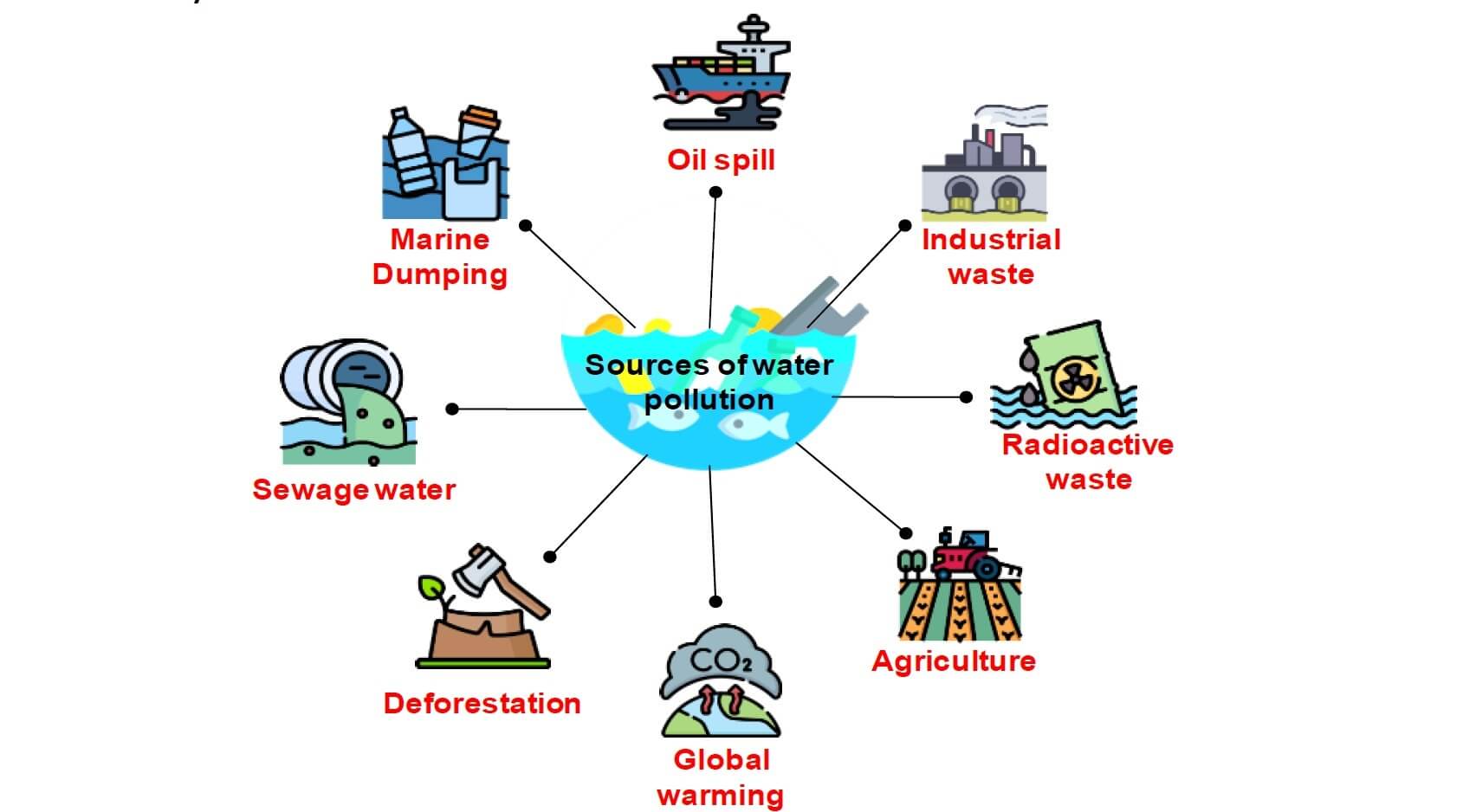
Figure 1 Anthropogenic causes of water pollution. The figure was created using free icons available from Flaticon at: www.flaticon.com
Many resources that assist humanity are found in blue bodies, and a sizable fraction of the world's population depends heavily on the ocean and coastline for existence. It is to be noted that about 90% of the ocean's surface has been impacted by humans, which has resulted in drastic decrease in the number of current marine biodiversity compared to 1970 levels. The ocean ecosystem's resilience to tremors, potential to adjust to climate change, as well as its ability to fulfill its function as a global ecological and climate regulator are all being weakened by the loss of marine biodiversity. In addition, research on climate change has revealed that, in the event that greenhouse gas emissions continue to rise, the majority of all marine species on Earth will be in risk of becoming extinct by the year 2100. Exploitation, dredging, trawling, and development of the coastline also contributed to the loss of feeding and reproduction habitat of the marine ecosystem.
In recent years, there have been several significant coral bleaching events that have resulted in the disappearance of many corals due to water pollution, which raises the temperature and acidifies the water. This decrease in coral cover has resulted in a 60% decline in reef biodiversity and a negative impact on coastal populations10. In summary, humans have been remarkably successful in exploiting the resources provided by the blue bodies, however, this has resulted in a multitude of natural disasters, including the extinction of numerous aquatic species and ecosystems, the decline of marine biodiversity, excessive or insufficient sedimentation of the sea, increasing coastal erosion, and so forth.
Water wars: an emerging reality?
It's widely believed that conflicts in the future are going to revolve around water. Sharing of international waterways is expected to give rise to these ‘water wars’, which are defined as armed confrontations between multiple nations over limited water supplies. While, there is a persistent belief that water wars will remain a myth due to technological and resource advancements, statistical research and analyses indicate that this may not be the case. Several predictions suggest that between 2030 and 2050, the earth's water distribution will change drastically, and the vast majority of the planet will not be able to replenish the water that mankind have consumed and contaminated. According to the World Population Clock 2024, the global population is expected to expand by 73 million people annually or at a pace of about 0.91%.
But the amount of the available fresh water is not increasing, and if we don’t take necessary actions, the same amount of the water will be distributed to more number of people. Also, it is to be important to remember that, freshwater makes up only 3% of the world's water resources, and that a significant amount of it is extremely challenging for humans to access due to its location on the poles. Estimates suggest that mankind is presently consuming approximately half of the freshwater supply, and it is projected that this rate will grow in just a few decades. From the Lagash-Umma dispute over water and irrigation in ancient Sumeria in 2500 BC to Israel's retaliatory attacks on Gaza's water supplies in 2023, a total of 1634 major conflicts were recorded in the water conflict chronology database created by the Pacific Institute. This database itself serves as further evidence that water wars are real issues rather than an imaginary piece.
Blue Biotechnology
According to the Organization for Economic Cooperation and Development (OECD), blue biotechnology or marine biotechnology is defined as ‘the application of science and technology to living organisms from marine resources, as well as parts, products and models thereof, to alter living or non-living materials for the production of knowledge, goods and services’. The primary focus of the current definition is on measures to enhance accessibility of marine resources and how we can benefit from them. Therefore, it is essential to expand and redefine the term blue biotechnology as “a field of biotechnology that uses technical advancements that can heal or restore the harm we inflicted to the blue bodies as well as assist us in utilizing them”. Figure 2 summarizes the use of blue biotechnology for healing and sustainable resource utilization of blue bodies.
Blue biotechnology for healing our blue bodies
Blue bodies are the primary global recipient of contaminants, making water pollution a concerning and pressing issue. Various efficient biotech tools have been proven to be useful in addressing water pollution (Figure 2). Utilizing the unique metabolic processes of bacteria, fungus, yeast, microalgae, and microbial mats, bioremediation methods are a potential approach for cleaning up blue bodies. It is carried out through either bioaugmentation, which introduces viable populations of microbes or by biostimulation, which entails stimulating the native microbial population, for the biodegradation of aquatic contaminants.
Furthermore, the potential of marine microorganisms for bioremediation has been enhanced with the aid of biotech tools. Genetic engineering approaches can modify the catabolic potential of various organisms that are able to thrive and remain active in harsh environments or polluted areas. Using sensitive biotech techniques, like polymerase chain reaction (PCR), these microorganisms and the newly introduced catabolic genes can be tracked and even quantified. Remarkably, these bioremediation solutions are value-added, environmentally benign, and commercially viable.
The blue bodies also serves as the ‘carbon sink’ of our planet and also have a vital role in resisting the effects of change in the climate. As per one estimate, from the onset of industrialization, we have raised CO2 levels in the atmosphere by 50% and in the ocean's uppermost layer by 30%. This CO2 pollution leads to thermal and chemical stress on our blue bodies resulting in increased temperature of and change in the ocean chemistry, adversely affecting the marine biodiversity. Biological capturing, sequestration of contaminants by microbes, has emerged as one of the most efficient and significant carbon sequestration techniques in the globe today. This technique has also been proven to be a sustainable, cost-effective, and ecologically friendly approach. The potential of microalgae for metabolizing CO2 is 10-50 times greater than that of other terrestrial plants.
Another biotech application is ocean fertilization, commonly referred to as ocean nutrition, which is the introduction of nutrients into the ocean to promote the growth of marine microorganisms. Ocean fertilization has the potential to promote phytoplankton development, which can sequester and store more CO2. Therefore, biotechnology is an essential tool with enormous potential to repair the severe damage that humans have inflicted to the blue bodies. Biotechnology is constantly advancing, which makes us more capable of repairing the harm we have caused, even though there are still challenges to face.
Blue biotechnology for sustainable use of aquatic resources
The discipline of blue biotechnology is a rapidly growing area of study that looks into the abundant biological resources present in our blue bodies for a range of uses in industry, science, and medicine. However, while humanity is benefiting from theseresources, the declining rate of marine populations is also alarming. However, sustainable marine resource utilization can be made possible through marine bioprospecting, which is defined as "the systematic inquiry for interesting and novel genes, metabolites, molecules, and organisms from the marine environment that might be useful to the society and have economic potential to commercial product development." Currently, microorganisms account for almost 60% of the production of new marine natural products and because of the wide range of genetic alterations possibilities of marine microbes, they are becoming more significant for sustainable blue biotechnology. Numerous nations, including US, Japan and Europe, already have a thriving marine-based nutraceuticals business, and the market has grown significantly in the last ten years, across the globe. In light of this, blue biotechnology has become crucial for meeting the growing demand for nutritious, quality sea food while conserving the marine resource diversity.
Marine-derived therapeutics has gained huge importance in recent decades. For instance, sponges are known as the ‘drug goldmine’ because of the enormous diversity and therapeutic potentials of their secondary metabolites. Cytarabine, the first marine-derived anticancer drug to be produced for clinical use, was isolated from sponge and is being routinely used for the treatment of leukemia and lymphoma.
Due to the marine environment's relatively undiscovered biodiversity in comparison to the terrestrial environment, more medicinal compounds are now being separated from the blue bodies. Figure 2 summarizes the use of blue biotechnology for healing and sustainable resource utilization of water resources.
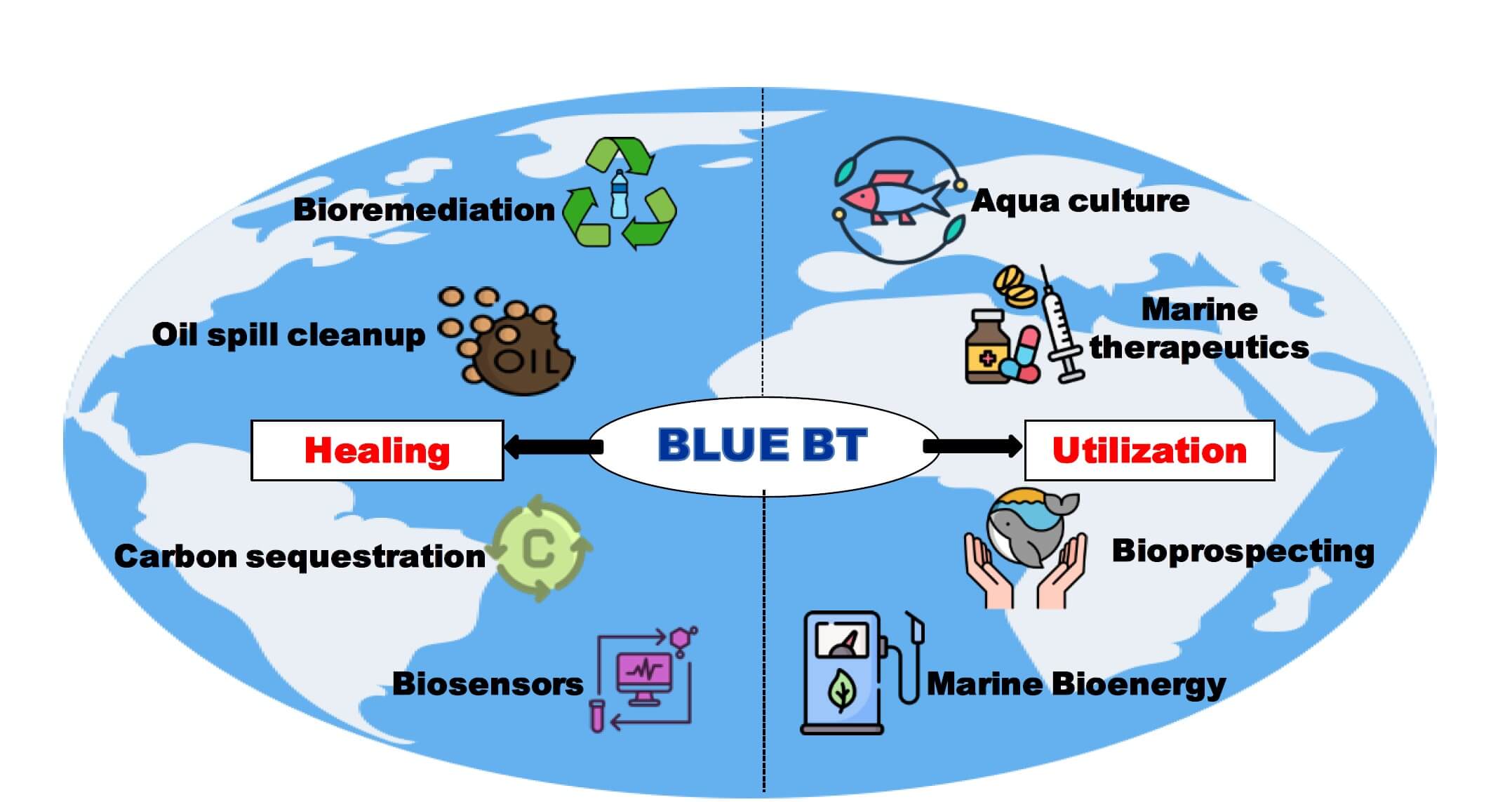
Figure 2. Blue biotechnology (BT) for healing and sustainable resource utilization of Blue bodies. The figure was created using free icons available from Flaticon at: flaticon.com.
Moreover, the notion of ‘blue bioeconomy’ is becoming increasingly significant due to the enormous potential of marine resources to increase human well-being and marine resource biotechnology has seen a steady increase in applications related to the market in recent decades. Our ability to produce high-quality protein and materials that are financially significant for human welfare, has improved because of the use of biotechnology tools in aquaculture farming, which involves the commercial rearing of aquatic animals and plants under human intervention. Therefore, biotechnology is assisting us in the resilience building and restoration of local marine populations that will further enhance the overall conservation of marine ecosystem. It also helps us in promote a restoration culture, and safeguard and improve blue economy investments that depend on thriving marine ecosystems.
Concluding remark
Blue biotechnology has its foundations in the profound understanding that water is the cradle of all life. From pharmaceuticals to renewable energy or from food security to environmental conservation, the applications of blue biotechnology are broad and far- reaching. Blue biotechnology is thus defined currently with an emphasis on using marine resources to advance humankind. However, blue biotechnology also provides viable strategies to mitigate anthropogenic impacts to our blue bodies. Thus, this sector offers opportunities for both the preservation of the environment as well as the growth of humanity through the sustainable utilization of marine resources.
Furthermore, it is imperative to utilize blue biotech applications cautiously and effectively, while also imparting this knowledge to the younger generation. It will be beneficial if we could introduce biotechnological concepts in the school curriculum at very early levels that will help build a foundational understanding and foster curiosity. Offering students the opportunity to engage in practical biotechnology experiments can increase their learning and ignite their interest in the subject. In addition to teaching future generations about the ethical and regulatory boundaries governing biotechnological tools, it is crucial to emphasize their role in promoting sustainable resource utilization. This will instill an understanding of the importance of responsible innovation and adherence to regulations.
Thus, acknowledging the equal importance of aquatic ecosystems alongside humanity, harnessing sustainable blue biotechnology can propel mankind advancement while simultaneously preserving and restoring blue bodies or in essence saving Biology by Biotechnology.
About the authors
Abhay H Pande is professor at the National Institute of Pharmaceutical Education & Research (NIPER), S.A.S Nagar, India, with more than 27 years of experience in biotechnology. This endeavor has resulted in an academic portfolio comprising numerous patents and articles in esteemed journals.
J Anakha is currently a doctoral researcher under the guidance of Professor Abhay H Pande at the NIPER, S.A.S Nagar, India. She holds a master’s degree in Biochemistry and Molecular Biology from the Central University of Kerala.
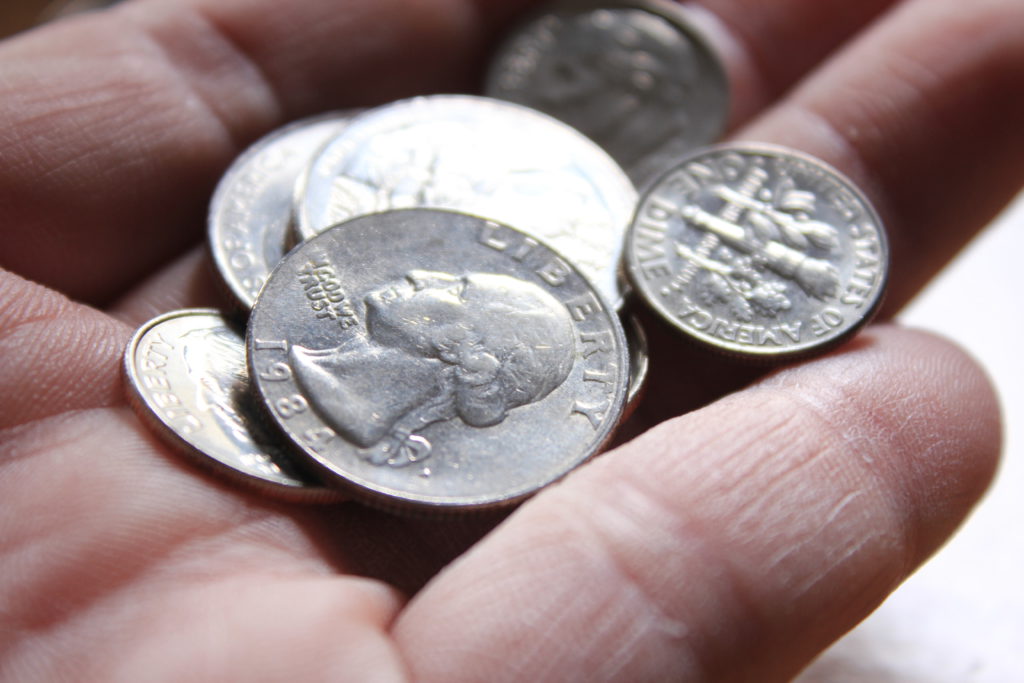


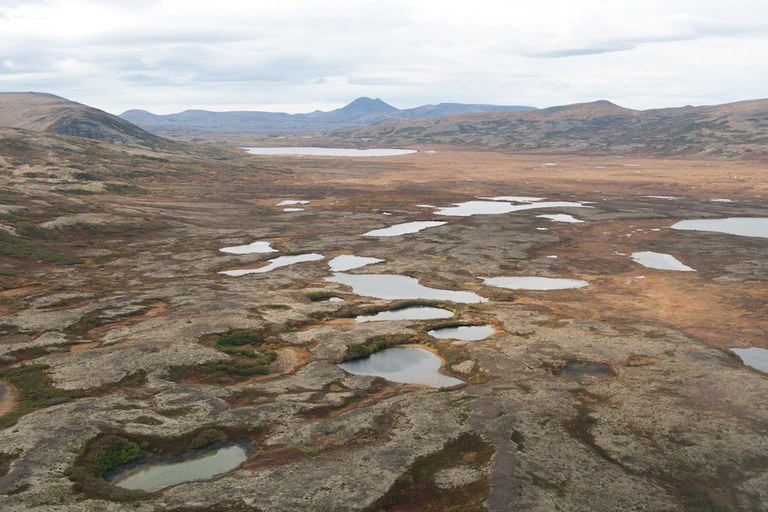
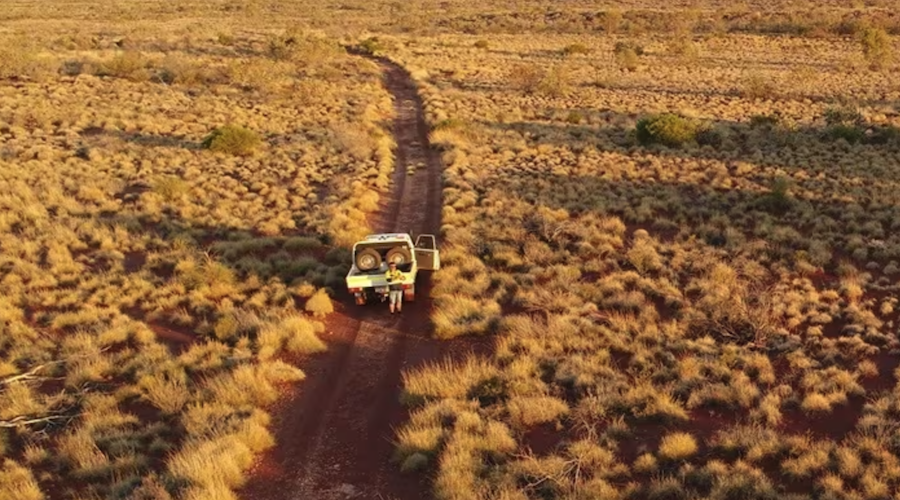
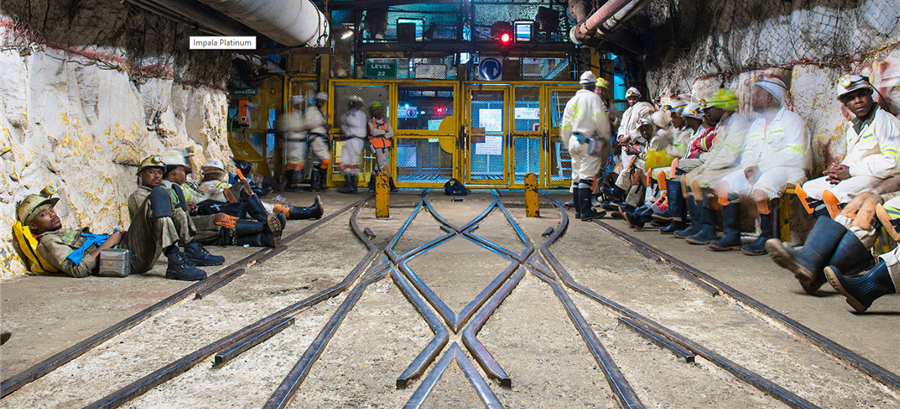
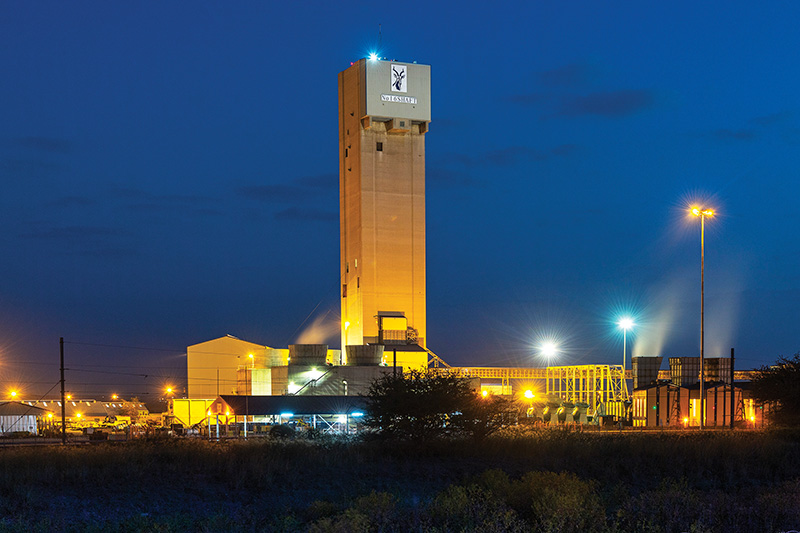
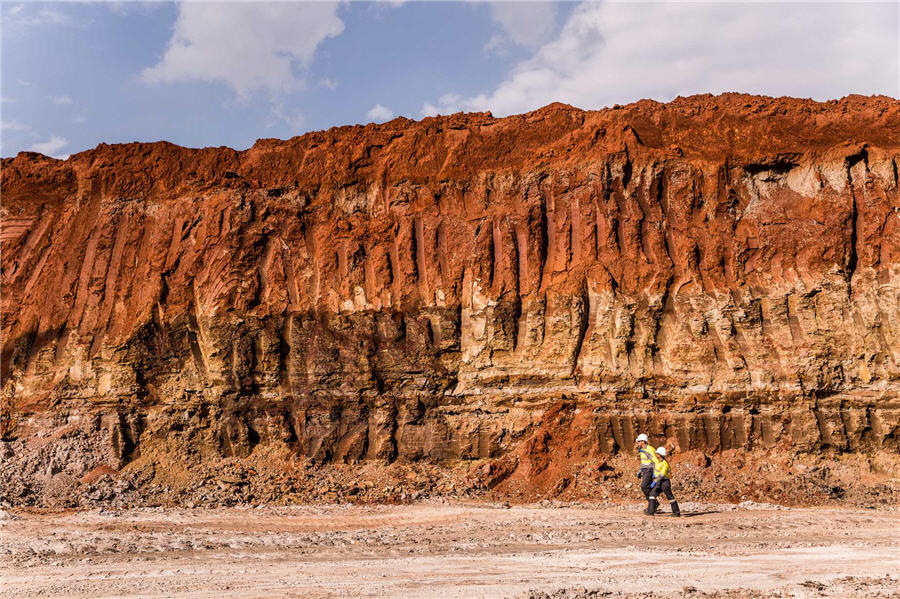
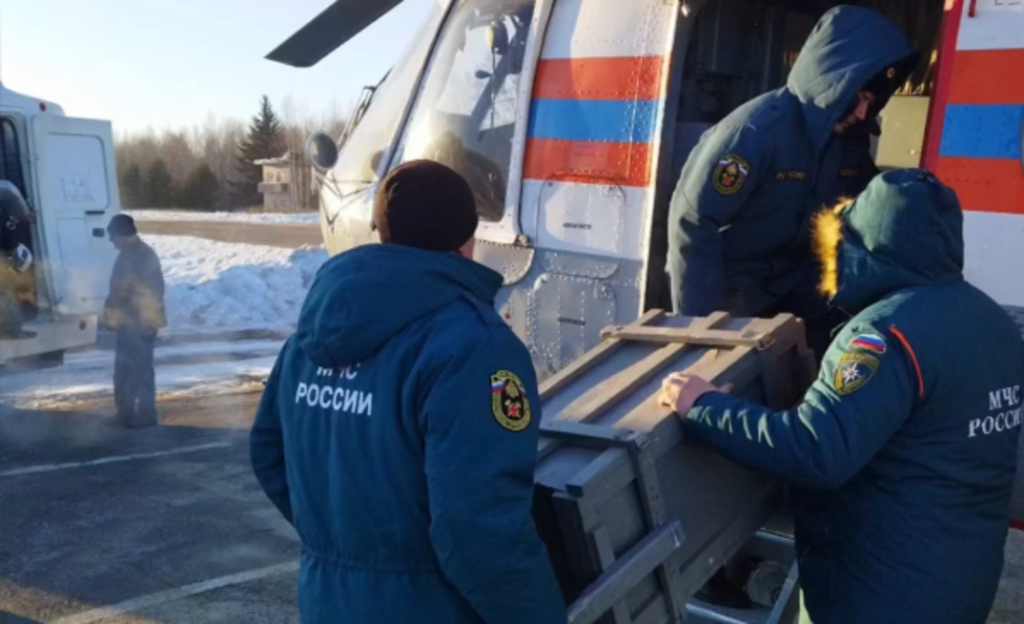
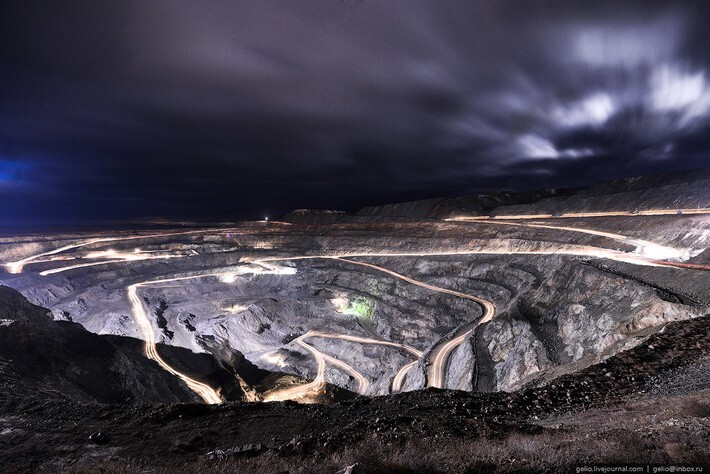


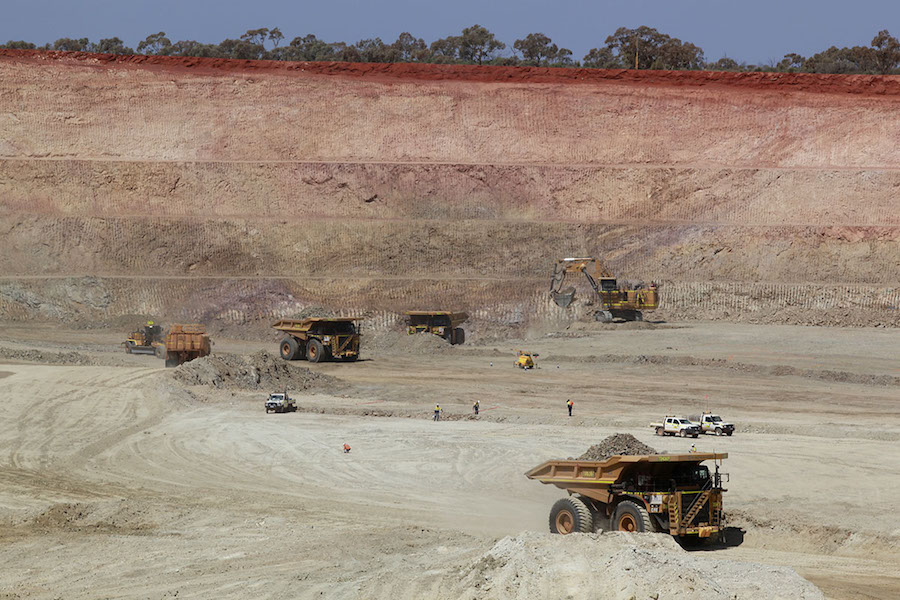
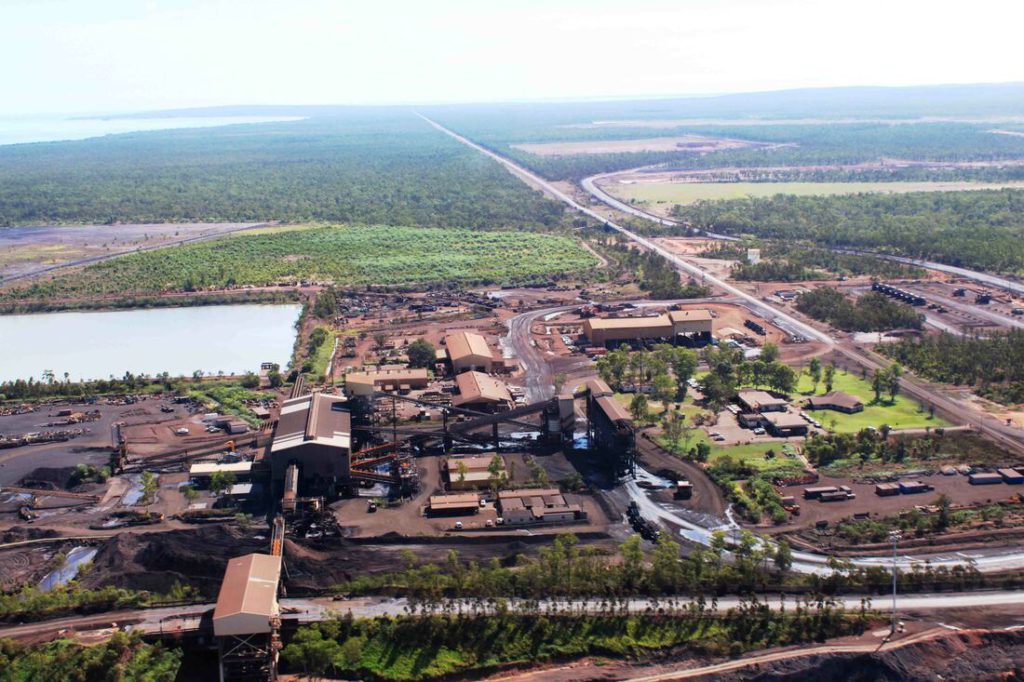

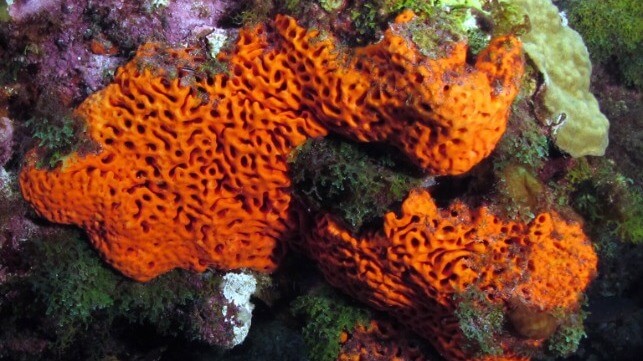


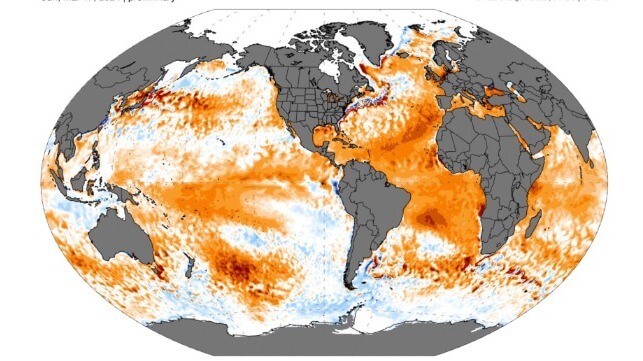
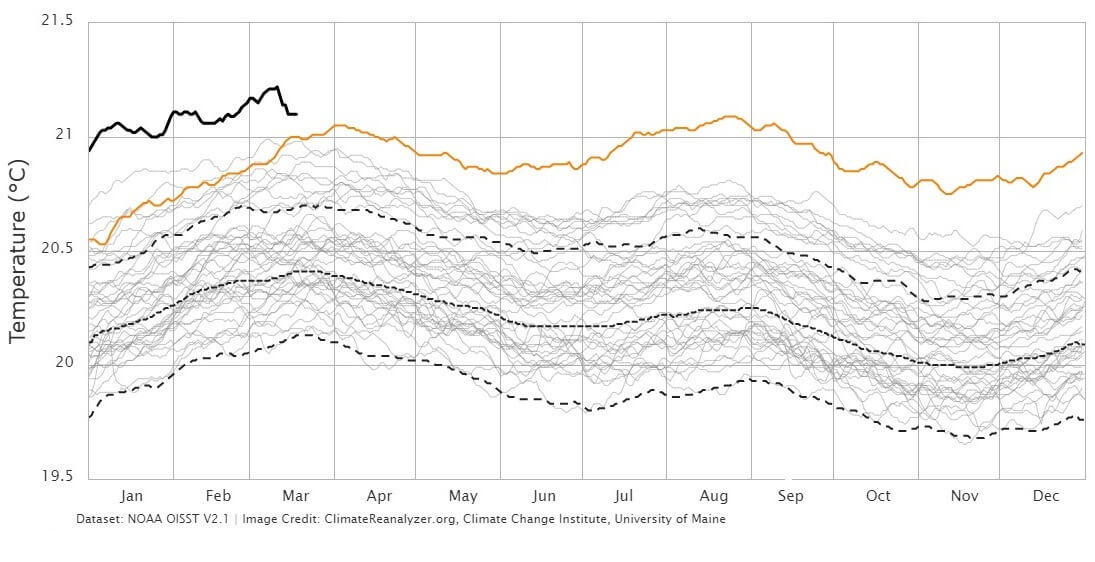 Global average sea surface temperatures from March 2023 (orange) through March 2024 (blue) broke daily records every day for a year, and set new all-time records multiple times (UMaine / NOAA)
Global average sea surface temperatures from March 2023 (orange) through March 2024 (blue) broke daily records every day for a year, and set new all-time records multiple times (UMaine / NOAA)